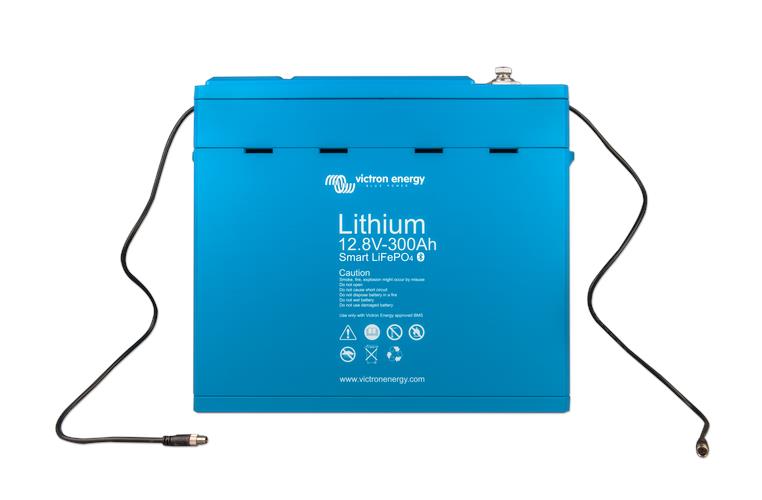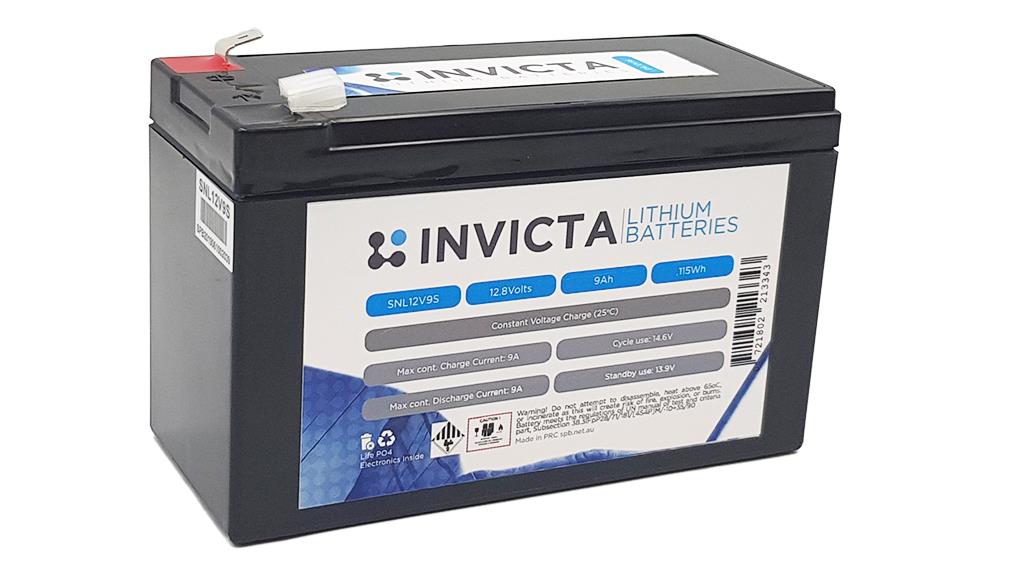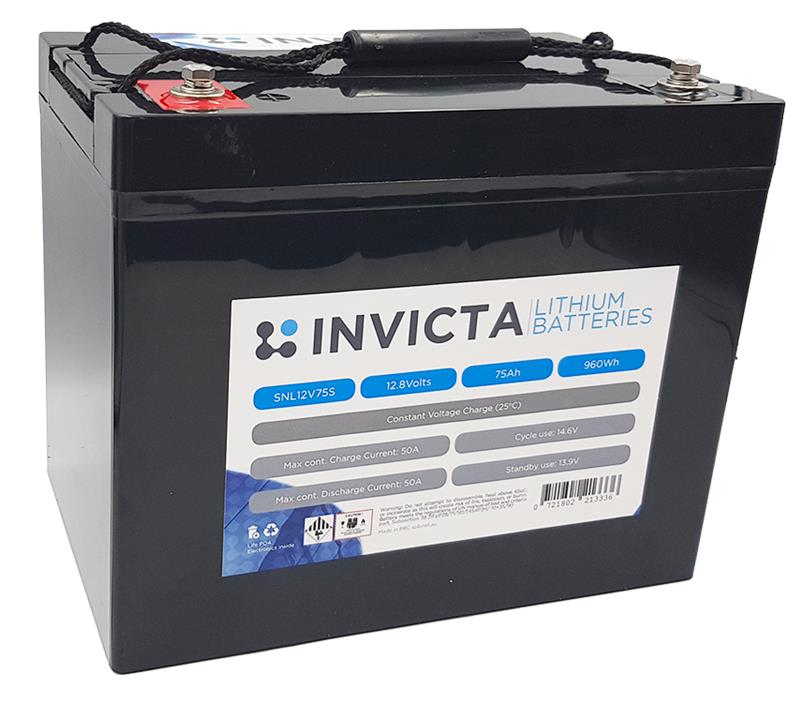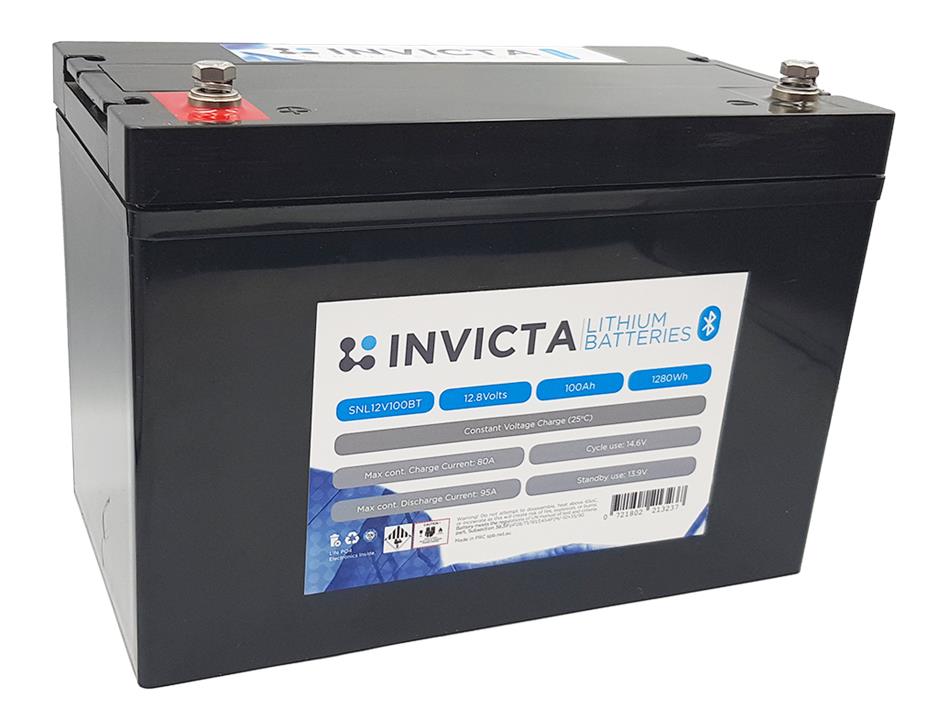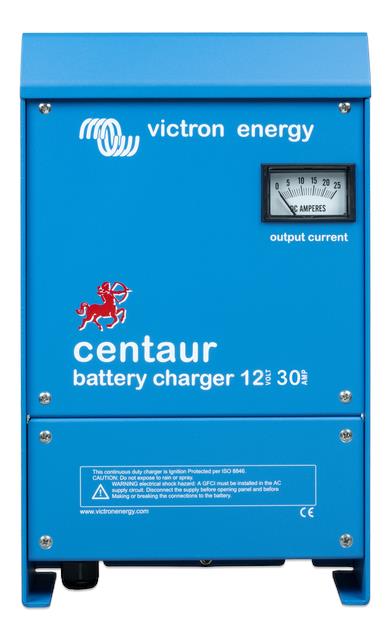Description
Victron LiFePO4 Lithium Battery 128V/330Ah – Smart, 3 year warranty With integrated cell balancing Can be parallel and series connected Bluetooth app available to monitor cell voltage and temperature Why lithium-iron-phosphate? Lithium-iron-phosphate (LiFePO4 or LFP) is the safest of the mainstream li-ion battery types The nominal voltage of a LFP cell is 3,2V (lead-acid: 2V/cell) A 12,8V LFP battery therefore consists of 4 cells connected in series; and a 25,6V battery consists of 8 cells connected in series Rugged: A lead-acid battery will fail prematurely due to sulfation: If it operates in deficit mode during long periods of time (ie if the battery is rarely, or never at all, fully charged) If it is left partially charged or worse, fully discharged (yacht or mobile home during wintertime) A LFP battery does not need to be fully charged Service life even slightly improves in case of partial charge instead of a full charge This is a major advantage of LFP compared to lead-acid Other advantages are the wide operating temperature range, excellent cycling performance, low internal resistance and high efficiency LFP is therefore the chemistry of choice for very demanding applications Efficient: In several applications (especially off-grid solar and/or wind), energy efficiency can be of crucial importance The round trip energy efficiency (discharge from 100% to 0% and back to 100% charged) of the average leadacid battery is 80% The round trip energy efficiency of a LFP battery is 92% The charge process of lead-acid batteries becomes particularly inefficient when the 80% state of charge has been reached, resulting in efficiencies of 50% or even less in solar systems where several days of reserve energy is required (battery operating in 70% to 100% charged state) In contrast, a LFP battery will still achieve 90% efficiency under shallow discharge conditions Size and weight: Saves up to 70% in space Saves up to 70% in weight Expensive? LFP batteries are expensive when compared to lead-acid But in demanding applications, the high initial cost will be more than compensated by longer service life, superior reliability and excellent efficiency Bluetooth : With Bluetooth cell voltages, temperature and alarm status can be monitored Very useful to localize a (potential) problem, such as cell imbalance Victron LFP batteries have integrated cell balancing and cell monitoring Up to 5 batteries can be paralleled and up to four batteries can be series connected,so that a 48V battery bank of up to 1500Ah can be assembled The cell balancing/monitoring cables can be daisychained and must be connected to a Battery Management System (BMS) Battery Management System (BMS): The BMS will: Disconnect or shut down the load whenever the voltage of a battery cell decreases to less than 2,5V Stop the charging process whenever the voltage of a battery cell increases to more than 4,2V Shut down the system whenever the temperature of a cell exceeds 50C

